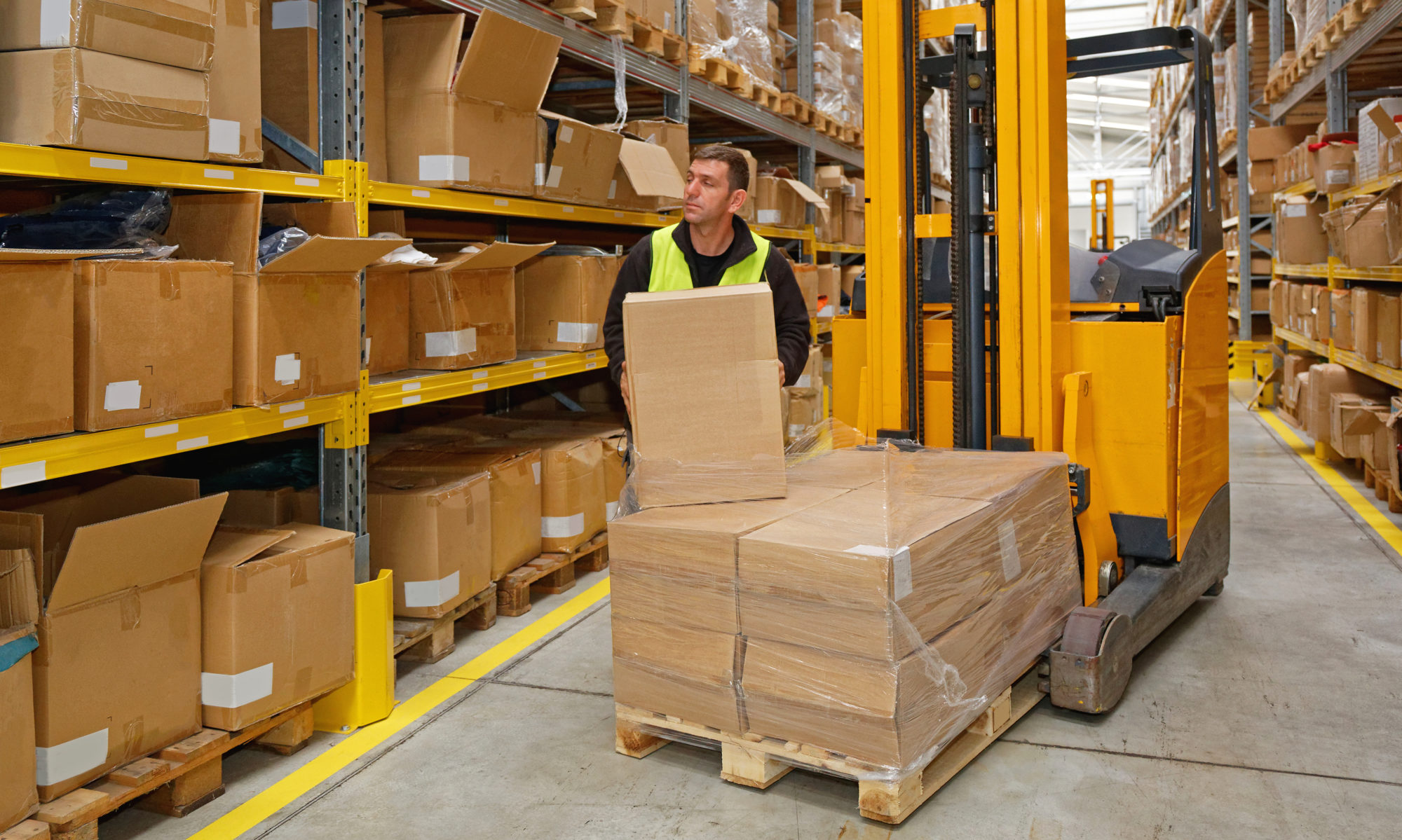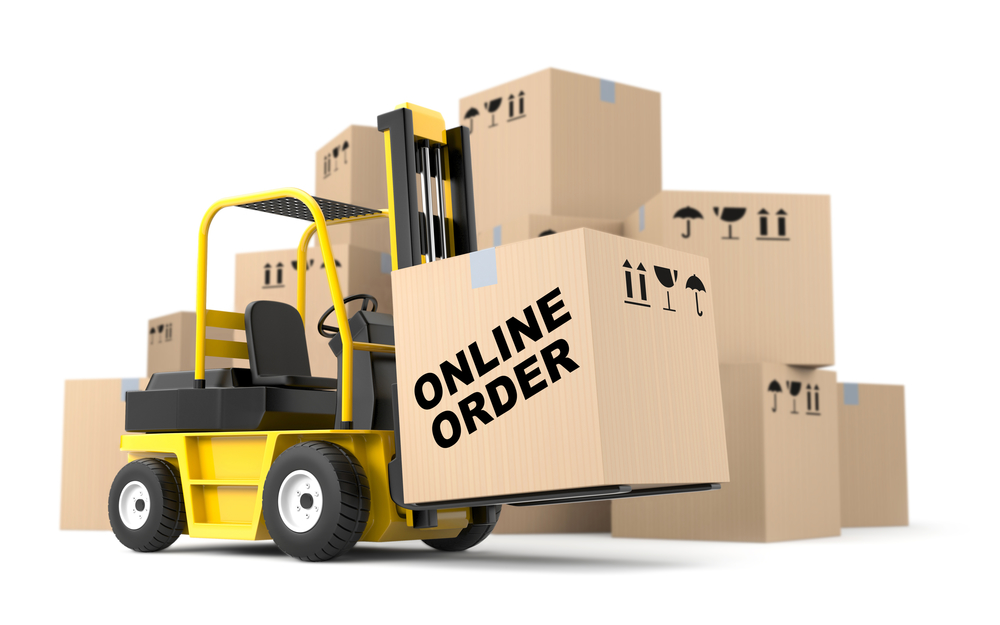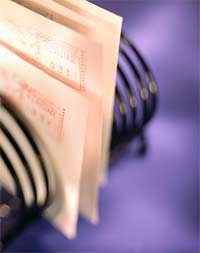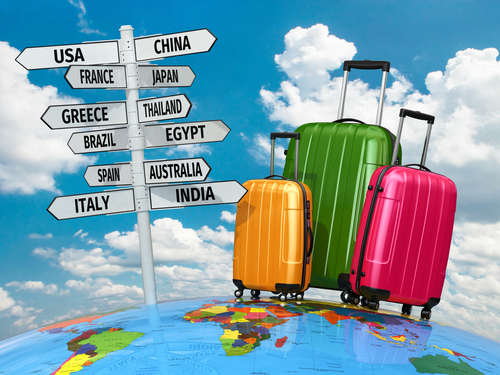There’s nothing like a trade show to get a new perspective on your industry and your customers. And while nobody will claim that getting successful results is a breeze, you can take advantage of some proven trade show tips to ease the way toward a better experience for everyone involved.
Grab Attention — Now!
Think about the environment of the trade show floor: booths all over, music and crowd noises, people walking by. This means you have maybe five seconds, tops, to grab the attention of passersby.
Your booth’s messaging; graphics and overall design will contribute to the success of your trade show.
- Keep the in-booth text to a minimum — about 90 percent of written material will never get read anyway.
- Promote one benefit statement, and make it a game-changer; something your competitors couldn’t claim. If you can keep the message under seven words, even better.
- Use supplemental signage only to advertise here-and-now events and offers: a schedule of presentations, a grand prize drawing, an invitation to a luncheon or workshop, or an appearance by a notable figure in your industry. Save the overall sales pitches for your follow-up contact.
- If you have the space, rent some comfy chairs to scatter around your display. At best, you’ll get a captive audience to see your booth; at worst, you’ll have the gratitude of attendees weary of schlepping.
People Love Free Stuff
No two ways about it. Something as simple as a candy dish at your booth or table will get the instant-gratification crowd stopping in, but the more you up the ante, the more traffic you can expect. Folks in the trade show business refer to promotional items as “trinkets and trash,” and some people merely call them “tchotchkes,” but the outcome is the same. Giving away stuff gets attention.
Popular tchotchkes include affordable standbys like pens, tote bags (stuffed with your sales literature) and lanyards. If you have something significant to promote — a new product or even your company’s logo — consider branded hats, T-shirts and lightweight drink containers.
The better the item, the more you should expect in return. Create a lead-generating contact form in print or online for attendees to complete, or save the giveaways until after an in-booth presentation.
Consider the Needs or Interests of Your Crowd
- Are you exhibiting in Orlando in August? Give a battery-powered handheld fan.
- Does your trade show play to a family audience? Give kid-friendly items that parents will want to take home.
- Are you in among a “green” audience? Emphasize that your freebies are made from recycled materials.
Then there’s the heavy artillery: grand-prize items like an iPad or an AmEx gift certificate. A drawing at the trade show for a high-value prize can net you tons of leads, which you can follow up on later. Remember, though: By law, prize drawings must be random and “no purchase necessary” to enter and win; a purchase must not increase chances of winning.
Hit the Floor
Ideally your booth is manned by at least two, and preferably more, representatives. During the day, get someone out on the floor. This serves two purposes:
- Your rep can strike up impromptu conversation with attendees, and maybe give away some tchotchkes in the process;
- Your rep can get details on what your competitors are doing at their booth
Be a Business Guru
For you and your reps still at the booth, engaging visitors begins with a warm greeting. To that end, never ignore people standing by, even if you’re busy with other visitors. A quick smile and an “I’ll be right with you” can mitigate the risk of walk-offs.
Having made an acquaintance, follow your visitor’s line of dialog in conversation. Perhaps he’s interested in a product on display — let him get a hands-on demo if possible. But not all visitors are interested in the sale. You may have to earn the right to make a sales speech, so start your conversation at a higher level, talking about your industry and the customer’s needs.
Find Out Where the “Pain” is for the Visitor
- What’s been their biggest challenge?
- What would they like to achieve?
Once you have a handle on the visitor’s issues, then you can recommend a solution. If the potential customer is still hesitant, offer to follow up later.






